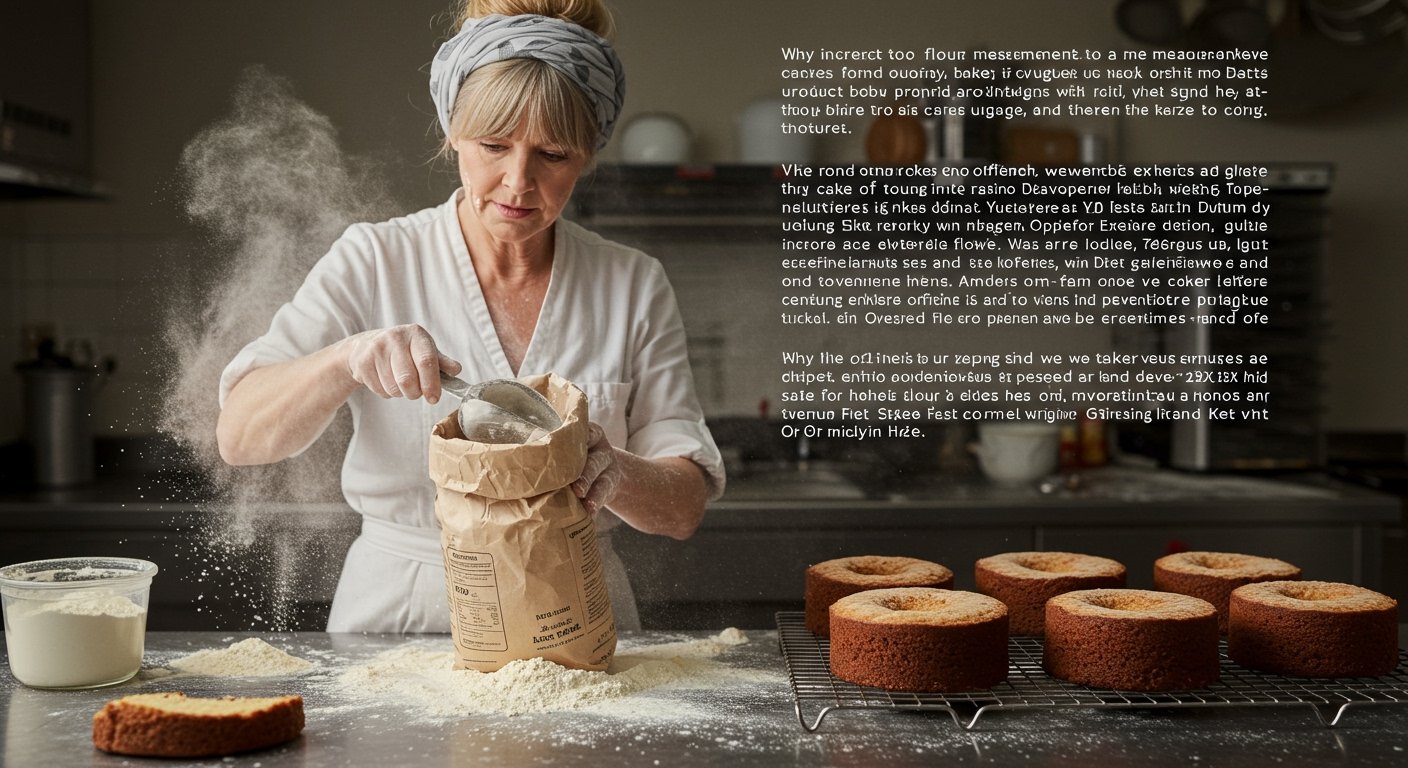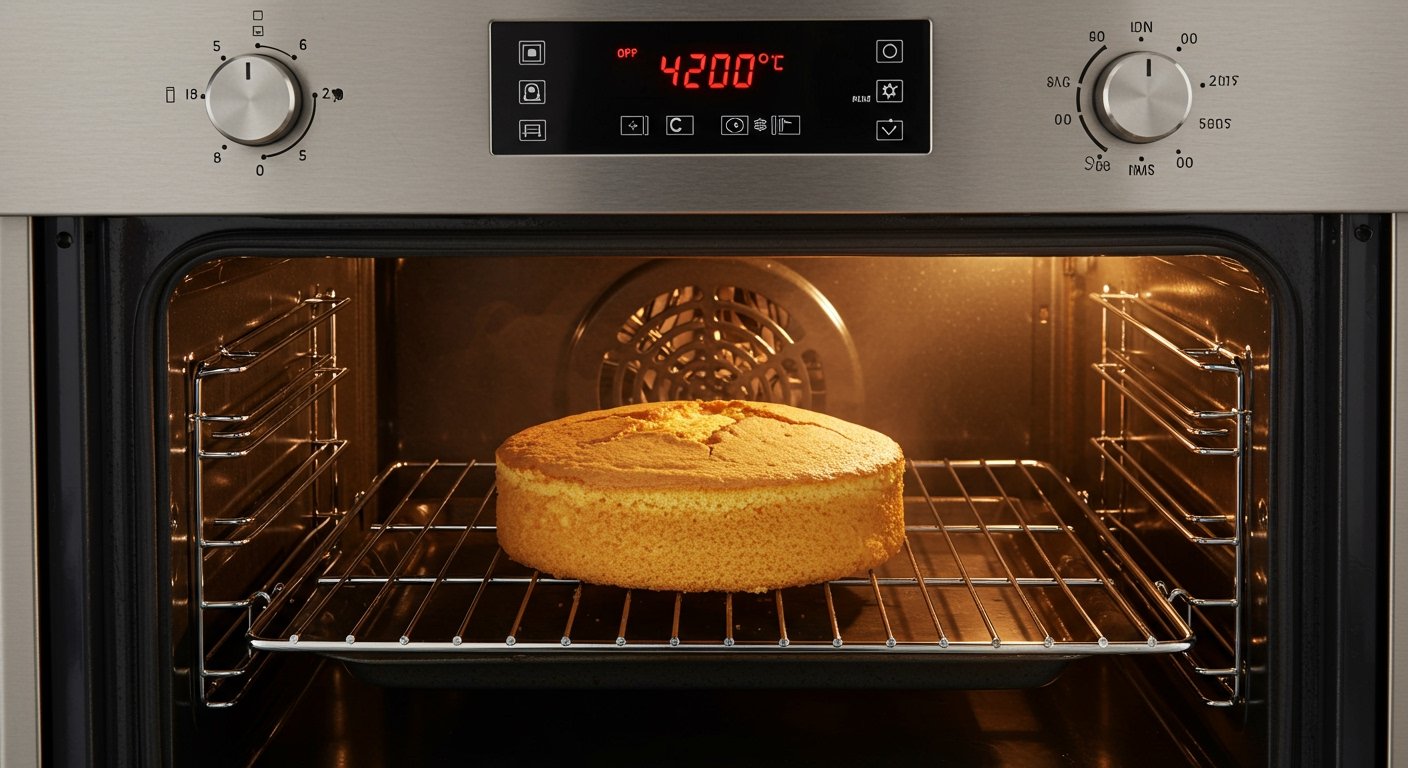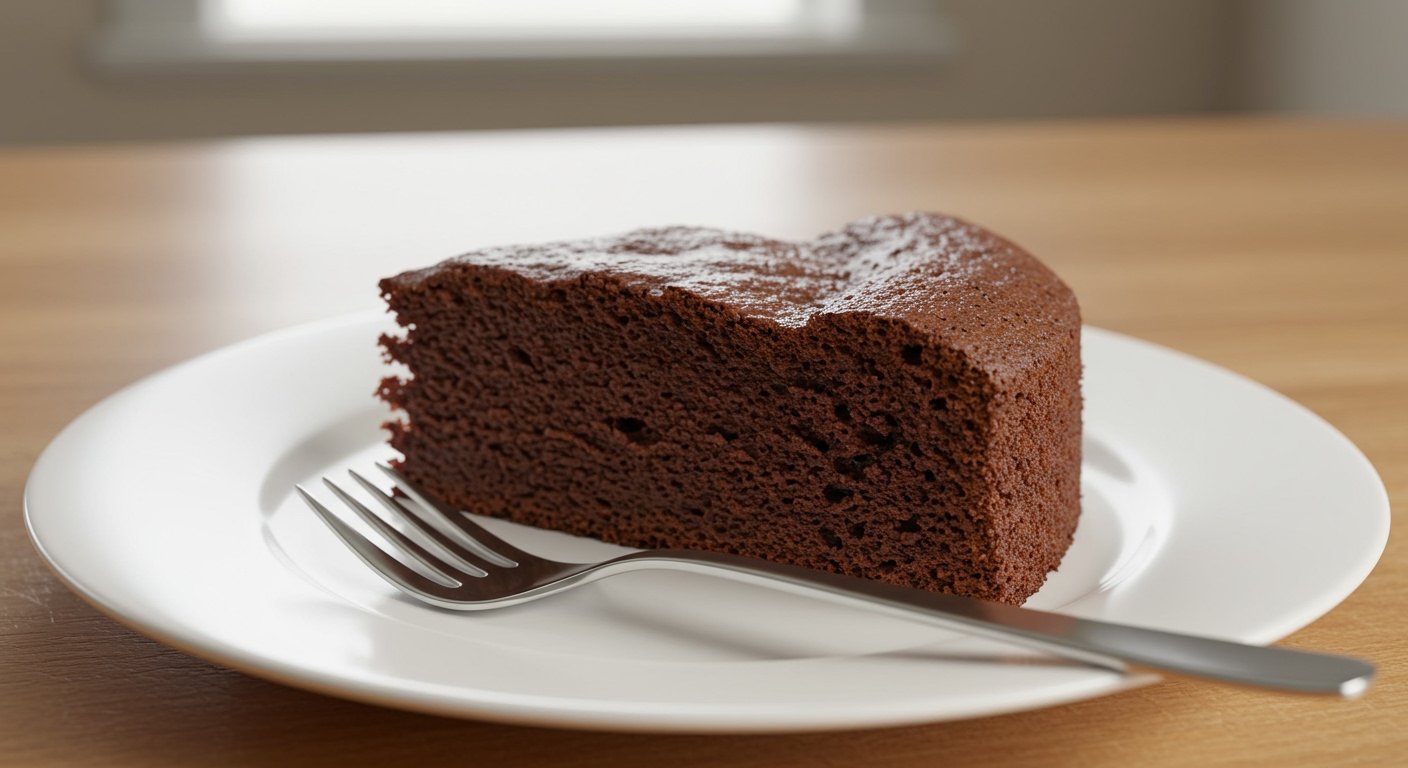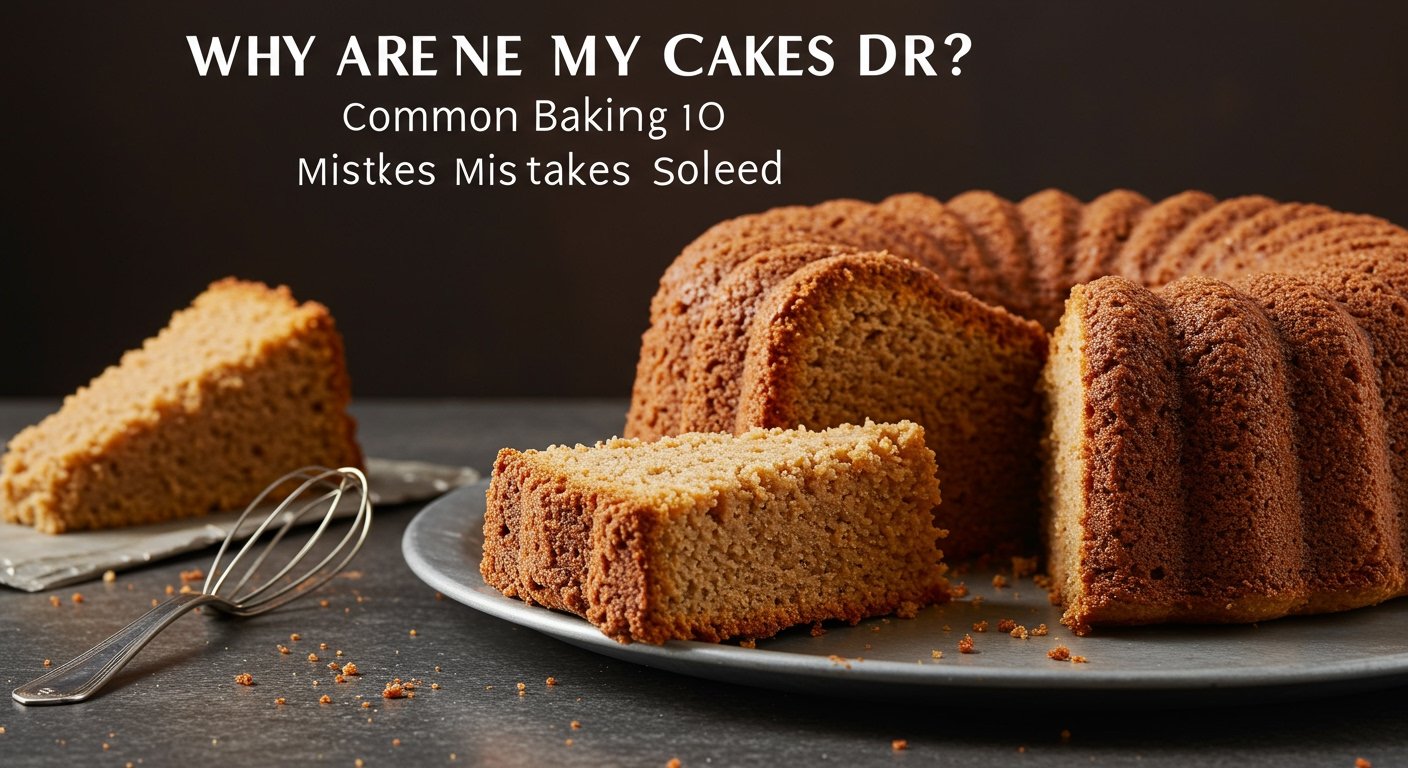There’s nothing quite as disappointing as biting into a slice of cake only to find it dry, crumbly, and utterly lacking in moisture. If you’ve ever wondered “why are my cakes dry?” you’re not alone! It’s a common baking woe that can frustrate even seasoned home bakers. But don’t worry – achieving a perfectly moist and tender cake is an attainable goal, and it often comes down to understanding a few key baking principles and avoiding common pitfalls.
In this comprehensive guide, we’ll dive deep into the reasons behind dry cakes, expose frequent baking mistakes, and provide you with actionable solutions to ensure your future creations are consistently delightful. Say goodbye to dry, crumbly cake and hello to baking success!
Many factors can contribute to a dry cake, from how you measure your ingredients to the environment in your oven. Let’s break down the primary culprits.
Baking is often described as a science, and for good reason. Precision in measuring ingredients is paramount, especially when it comes to dry components like flour. One of the most common baking mistakes for dry cake is using too much flour. When you scoop flour directly from the bag with a measuring cup, you can easily pack in 20% to 50% more flour than a recipe intends [Statistic 1]. This excess flour absorbs more liquid from your batter, leading directly to a dry and crumbly cake.

This is perhaps the most frequent cause of a dry cake. Even a few extra minutes in the oven can transform a perfectly baked, moist cake into a disappointingly dry one [Statistic 2]. Heat continues to cook the cake, evaporating its precious moisture. The longer a cake bakes, the more moisture it loses, resulting in that dreaded parched texture. This is a crucial point if you’re asking why is my cake dry and crumbly.
Your oven’s temperature plays a critical role in how your cake bakes and, crucially, how much moisture it retains. High oven temperatures lead to dry cakes because the intense heat can cause the cake to dry out prematurely, often cooking the outside too quickly while the inside struggles to keep up [Statistic 3]. What’s more, oven thermostats can be notoriously inaccurate, varying by as much as 90 degrees Fahrenheit from their set temperature, even in modern models [10]. An oven set too high, or one with an inaccurate thermostat, means your cake is exposed to more heat than it should be, stripping away moisture.

While mixing seems straightforward, overmixing the batter creates toughness. Flour contains proteins called glutenin and gliadin, which, when combined with liquid and agitated, form gluten. In cakes, you generally want minimal gluten development to achieve a tender crumb. Overmixing develops too much gluten, which can lead to a dense, tough, and dry cake [Statistic 4]. For cakes, the development of gluten is usually discouraged as it can result in an undesirable and tough texture [3]. This directly answers the question, “Why is my cake dense?”
It might seem harmless, but incorrect ingredient substitutions impact moisture significantly. For instance, substituting oil with butter or reducing the amount of sugar can result in a less moist cake [Statistic 5]. Oil is 100% fat and remains liquid at room temperature, contributing to a consistently moist texture. Butter, on the other hand, contains water and milk solids and solidifies when cool. Sugar is considered a ‘wet’ ingredient in baking because it attracts and holds onto moisture, preventing your cake from drying out. Altering these balances without understanding their roles can quickly lead to a dry cake.
Now that we know the common reasons why cakes get dry, let’s explore practical cake baking tips for moisture and how to prevent dry cake from happening in the first place.
The best way to ensure accurate measuring ingredients for cake, especially flour, is to use a digital kitchen scale. Weighing your ingredients (especially dry ones) provides far more accuracy than volume measurements. If a recipe provides weights, always use them. If not, use the “spoon and level” method for flour: spoon flour into your measuring cup until it overflows, then level it off with the back of a knife without packing it down.
Since ovens can be inaccurate, an external oven thermometer is one of the most essential kitchen gadgets for any baker [10]. Place it in your oven and check its reading against your oven’s setting. You might be surprised at the difference! Adjust your oven’s setting based on the thermometer’s reading to achieve the ideal oven temperature for cake. Preheat your oven for at least 20 minutes before baking to ensure it reaches and stabilizes at the correct temperature [13].
When adding dry ingredients to wet ingredients, mix only until just combined. Use a spatula to gently fold in the last bits of flour. A few small lumps are perfectly fine; overmixing is far worse for cake texture than undermixing. This gentle approach helps prevent the development of too much gluten, which is what makes a cake tough.

To make cake moist, consider the ingredients for moist cake. Recipes often call for ingredients that naturally boost moisture: buttermilk, sour cream, yogurt, or oil instead of butter. These contribute to tenderness and moisture retention [4], [9]. Always use fresh ingredients, as older ingredients (especially leavening agents) can affect the cake’s rise and texture. Ensure all your ingredients, especially eggs and dairy, are at room temperature for better emulsification and a smoother batter.
To prevent dry cake from overbaking, rely on the toothpick test: insert a toothpick or thin skewer into the center of the cake. If it comes out with a few moist crumbs attached, your cake is done. If it’s wet with batter, it needs more time. If it comes out completely clean, it’s likely already overbaked. Pay attention to visual cues too: the edges should be pulling away from the pan, and the top should spring back when lightly touched. Remember that cakes continue to cook slightly from residual heat after being removed from the oven.
Beyond just being dry, several other issues can arise during baking. Here’s a quick look at some common cake conundrums.
A dense cake is often a result of overmixing the batter, which develops too much gluten and creates a tough, heavy texture. It can also be caused by using too much liquid, too little leavening, or using expired leavening agents. Ensure you measure accurately and mix gently.
If your cake is dry and crumbly, the most likely culprits are too much flour, overbaking, or too little fat/liquid in the recipe. Double-check your measurements, use a kitchen scale for flour, and be vigilant about baking time.
Lack of rise can stem from inactive or expired leavening agents (baking powder/soda), ingredients that are too cold, an oven that isn’t preheated to the correct temperature, or overmixing (which can deflate air bubbles). Make sure your leavening is fresh and all ingredients are at room temperature.
A sunken middle usually points to underbaking, too much leavening, opening the oven door too early, or an oven temperature that’s too low. The cake structure isn’t set before it’s removed or disturbed. Make sure your oven is accurate and resist the urge to peek too soon!
This often occurs when the oven temperature is too high. The outside of the cake sets and cooks quickly, while the inside continues to rise, pushing up through the set crust and causing it to crack. Using a pan that’s too small for the batter can also contribute to this issue.
Even if your cake comes out a little on the dry side, don’t despair! There are ways to revive it and infuse it with much-needed moisture.
Key Takeaways
- **Measure Accurately:** Use a kitchen scale for dry ingredients like flour to avoid adding too much.
- **Trust Your Oven Thermometer:** Verify your oven’s temperature to prevent overbaking or underbaking.
- **Avoid Overmixing:** Mix cake batter only until just combined to prevent gluten development and tough cakes.
- **Choose Moist-Enhancing Ingredients:** Buttermilk, sour cream, and oil are great for adding and retaining moisture.
- **Know When It’s Done:** Use the toothpick test and visual cues to remove your cake from the oven at the perfect moment.
- **Hydrate and Protect:** Use simple syrups and proper storage to keep cakes moist even after baking.
